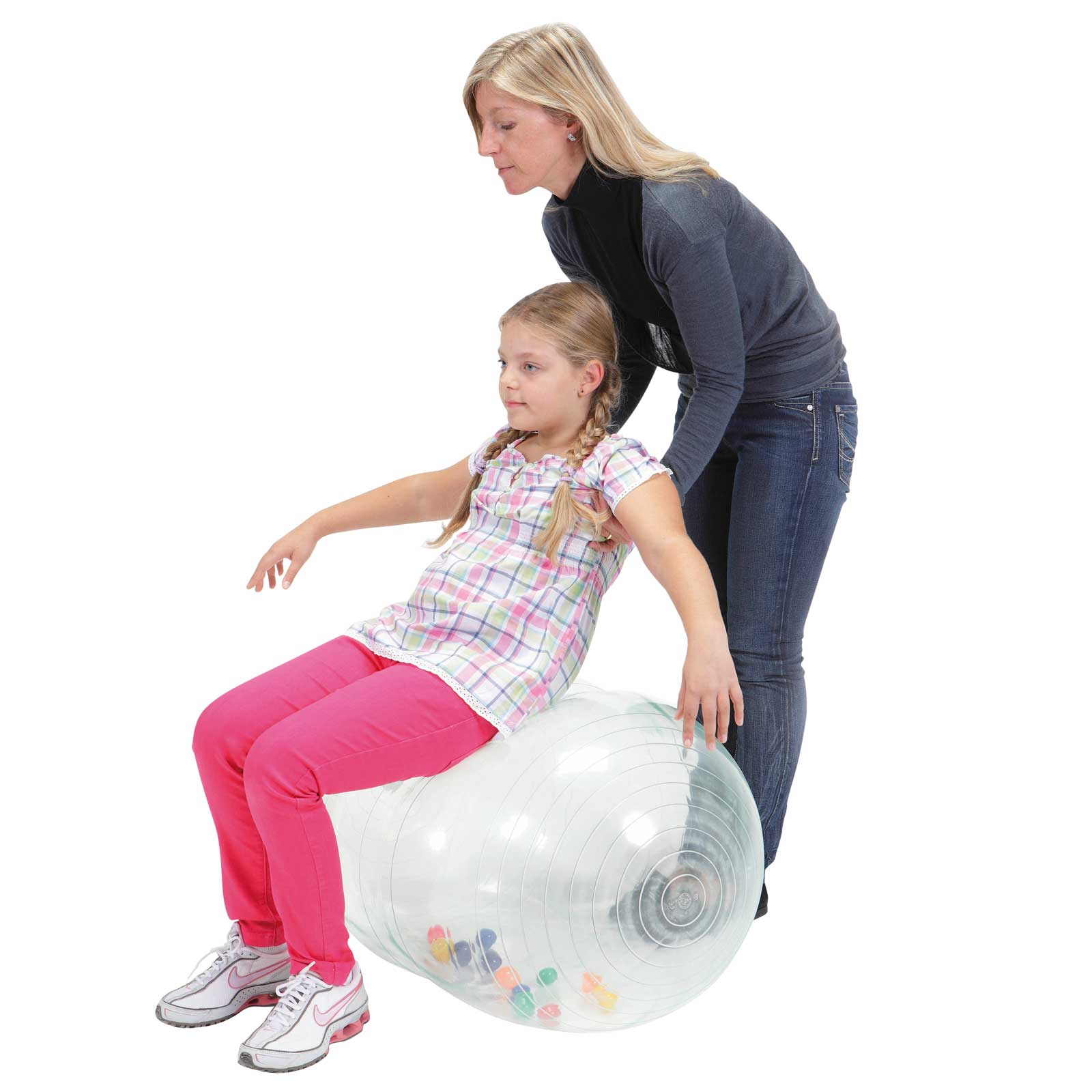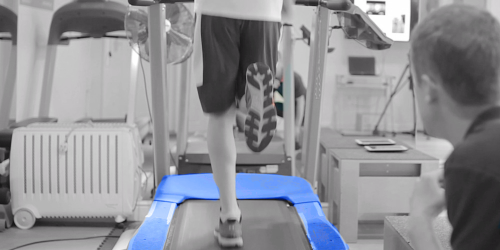What is Dyspraxia?
Dyspraxia is seen as a developmental coordination disorder (DCD). As a result this can affect what are known as fine and gross motor skills.
What is the difference between a fine and gross motor skill?
Fine skills relate to smaller movements such as picking up objects, writing or tying your shoe laces.
Gross skills are larger movements that require more muscle activity. This may be getting in and out of a chair, walking/running.
What are the symptoms that I should look out for?
Problems with movement and co-ordination are the main symptoms of DCD.
Children may have difficulties:
- with activities such as hopping, jumping, running, and catching or kicking a ball
- walking up and down stairs
- writing, drawing and using scissors – their handwriting and drawings may appear scribbled and more childish than other children their age
- getting dressed, doing up buttons and tying shoelaces
A child with DCD may appear awkward and clumsy as they may bump into objects, drop things and fall over a lot.
Some children with DCD may also become less fit than other children as their increased difficulty in performing their chosen sport may result in them being reluctant to exercise.
Additional problems
As well as difficulties related to movement and co-ordination, children with DCD can also have a range of other problems, such as:
- difficulty concentrating – they may have a poor attention span and find it difficult to focus on one thing for more than a few minutes
- difficulty following instructions and copying down information – they may do better at school in a one-to-one situation than in a group, as they're able to be guided through work
- being poor at organising themselves and getting things done
- behaviour problems – often stemming from a child's frustration with their symptoms
- low self-esteem
Many of the symptoms of Dyspraxia and DCD can also be related to the condition called Hypermobility. It is therefore very important to seek advice from someone who understands the differences between these conditions so that you can ensure that you get the help that is most appropriate to you or your child.
Is DCD a disorder that can be changed?
Many of the symptoms of DCD can be improved to help someone with the condition manage more easily. The great thing about our body and our nervous system is its plasticity i.e. its ability to change. The fact it is plastic means that it can constantly adapt. All it needs is the right amount of stimulus and to be challenged in the right way.
Basic examples include being given the right cues to improve single leg balance, hand eye coordination or to work towards a better time keeping routine.
What should I do if I am concerned about my child having DCD?
A specialist paediatric physiotherapist will be expertly trained in spotting the signs of DCD. They will be able to set up a management plan and liaise with other health care practitioners if required.
Management is likely to consist of tailored exercises but also looking at how to change current habits. A huge and integral part of the management plan is patient AND parent education.
It is important to highlight and act upon any signs early on. Poorly managed children with DCD can have their coordination and life skills hampered by not having the appropriate guidance and care.
Meet our Paediatric Physiotherapist
Meet Kath, she is our paediatric physiotherapist and is a specialist children’s development. A link to her profile is here: http://www.synergyphysio.co.uk/Kath-Frame/
Kids Performance
Our rehab and movement specialists have a great deal of experience in improving motor function. Please see here for more information: http://www.synergyphysio.co.uk/kids-performance/






